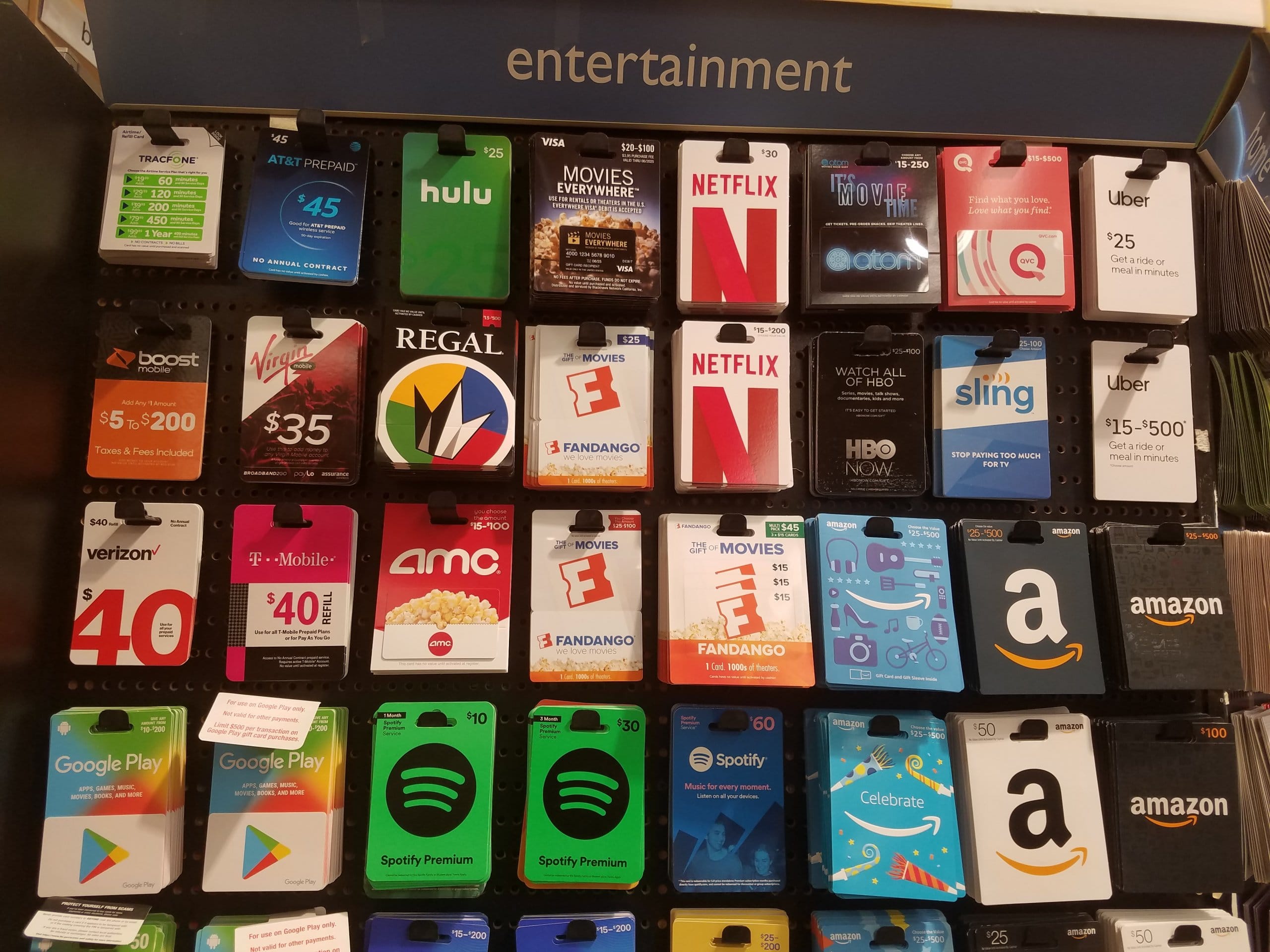Maintaining a unique hairstyle is one way to express individuality, and having colored hair or an unusual style doesn’t mean you can’t have a job you want. There are several different types of jobs and workplaces that allow employees to have alternative hairstyles.
Below, we have more information about these positions, as well as jobs that don’t typically allow unconventional hairstyles.
Jobs That Allow Alternative Hairstyles
We’ve compiled the list of several types of jobs that are available to you whether you have dreadlocks, colorful hair, or another alternative hairstyle.
Keep in mind, there are many other jobs that will hire you no matter what your current hairstyle looks like — but your best options (i.e., those with the most widespread hiring policies) are listed below.
- Barista
- Bartender
- Call center employee
- Cosmetologist
- Hairdresser/salon assistant
- Music/video game store employee
- Personal trainer
- Photographer
- Retail (specifically at alternative clothing stores, or as a stockroom associate)
- Tattoo artist
- Vintage/thrift store employee
- Writer
In general, creative-type positions will allow you to have a creative hairstyle, as will positions that may often place you in frequent contact with others who have similar hairstyles. Jobs that are not typically customer-facing (e.g., stockroom associate, call center employee) may also have lenient dress codes. And, obviously, remote positions will not have requirements for your hairstyle or appearance.
Policies for traditional office jobs can vary widely by company and environment — you can ask your current or potential employer about its dress code policy if you’re uncertain.
Each establishment, including those listed above, will also have varying policies for other dress code elements, such as tattoos and piercings.
While most companies do not list official policies for employee hairstyles online, the following businesses have been cited as open to hiring individuals with alternative hairstyles:
Jobs That Don’t Allow Alternative Hairstyles
Some specific types of jobs are known for having stricter workplace policies that may not allow for an alternative hairstyle.
Keep in mind, if you have an unconventional hairstyle that can be styled to look neat, you may not have a problem. For example, if you have dreadlocks, you may want to pull your hair back for an interview. Or, if you have an undercut, you could wear your hair down for work.
Each establishment will vary on its dress code policies, so your hairstyle shouldn’t necessarily keep you from applying for one of these jobs if you truly want it.
- Administrative assistant
- Banker
- Flight attendant
- Government employee
- Health care professional
- Law enforcement officer
- Lawyer
- Store manager (exceptions may be at alternative clothing stores or one of the companies listed above)
- Teacher (Note: Teaching jobs may also restrict tattoos and piercings.)
- Hotel employee
Are Dress Code Policies a Form of Discrimination?
You may be wondering if companies can, in fact, deny employment based on your personal appearance.
Employers are allowed to set dress codes and prohibit things like tattoos, as noted by the Society for Human Resource Management.[1] This is not legally considered a form of discrimination.
It’s important to note that some restrictions are not put in place due to the company’s choice, but due to sanitary regulations.
For instance, in kitchens or factories where food is made and packaged, employees with long or large hair must often wear hairnets. Other establishments like banks and hotels simply prefer for their associates to look approachable and inoffensive.
If your company enforces a stricter dress code that discourages alternative hairstyles, you may want to consider a more office-appropriate style or color, such as one of the hairstyles suggested by Women’s Weekly. A popular option is to dye layers of hair underneath the top layer, thus creating a “hidden” look.
 William Lipovsky
William Lipovsky






